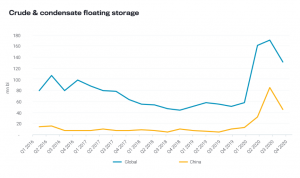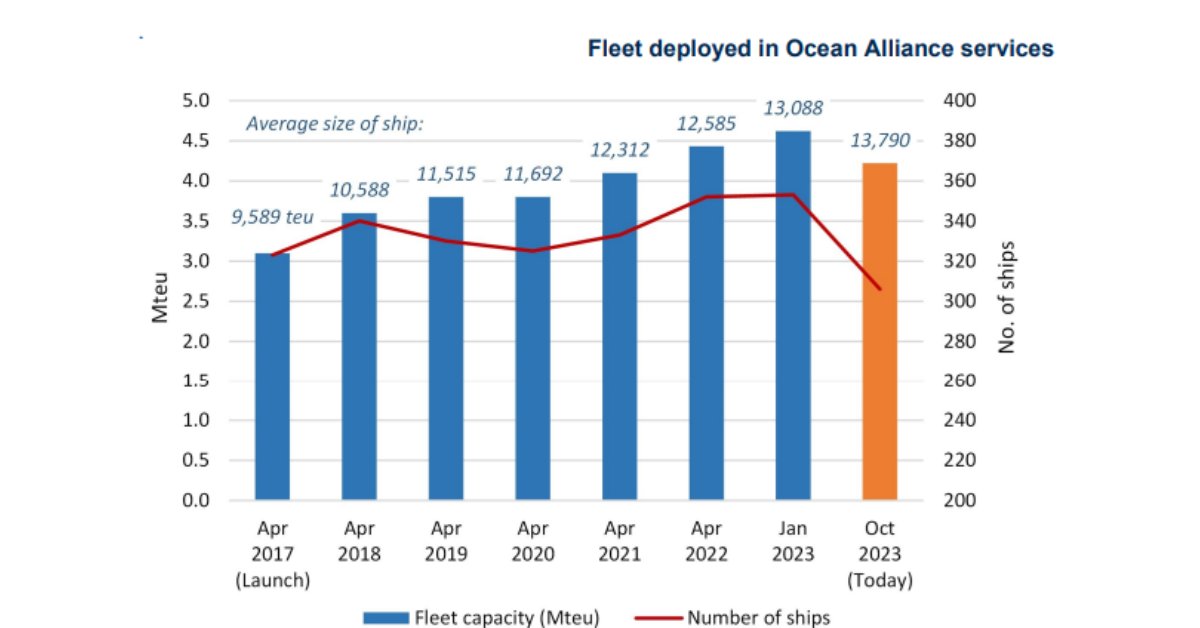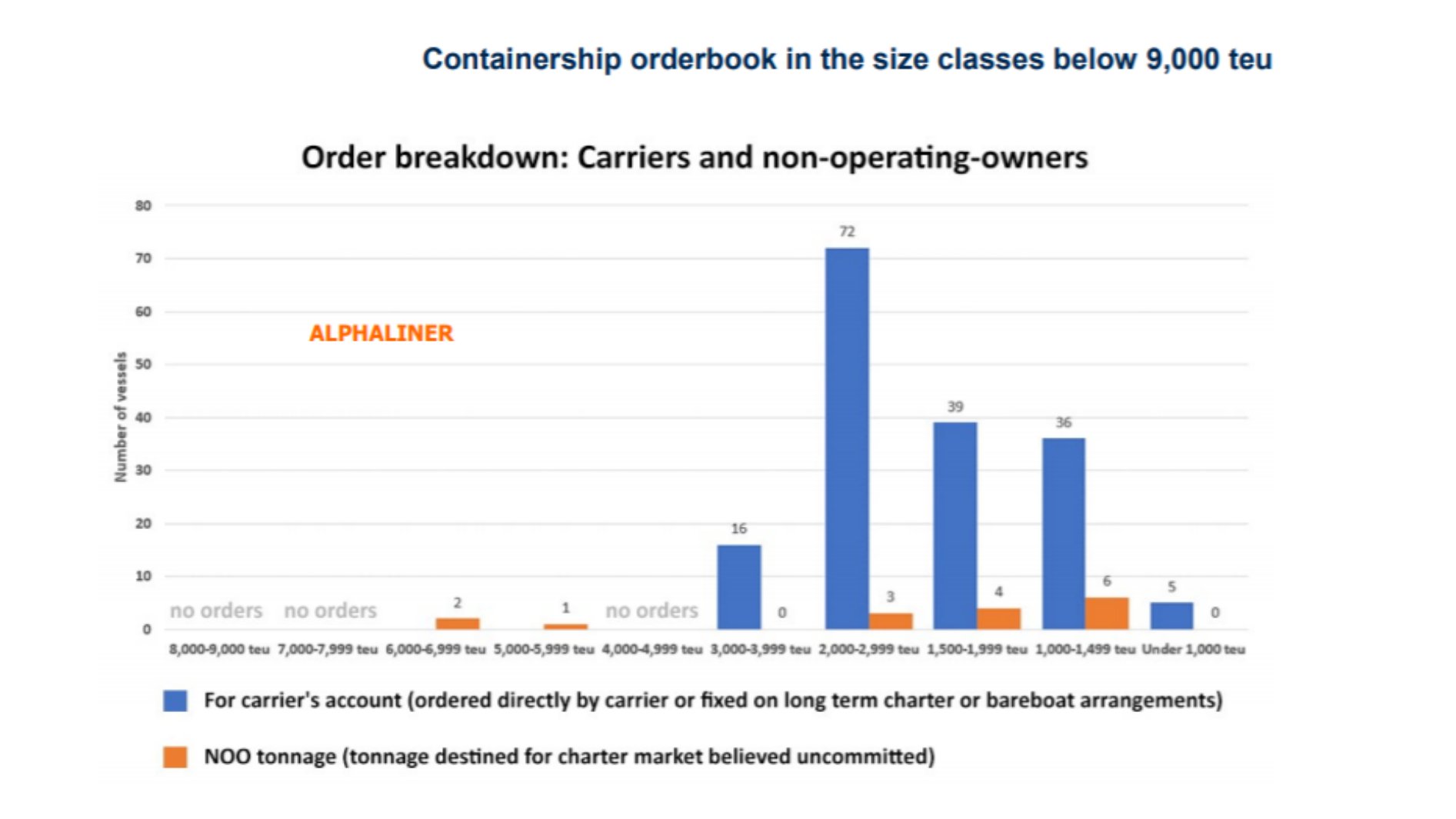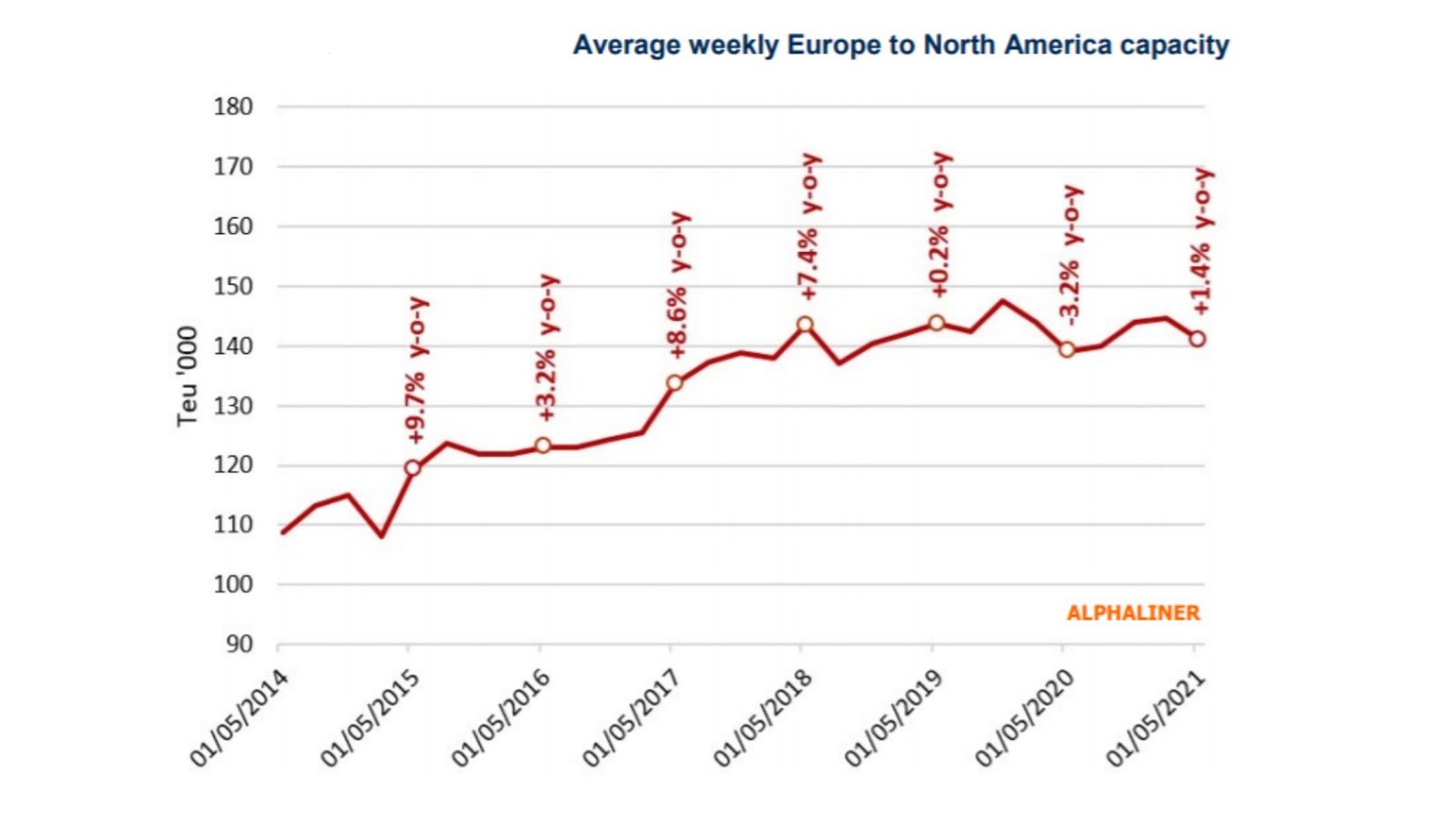

Floating storage told the story of the extraordinary moves in oil demand and supply in 2020. Tankers holding offshore stocks of crude and refined products at sea made the news repeatedly from Q2 onwards, as volumes hit record highs amid a dramatic slump in demand, and also upended tanker market dynamics.
Some traders took advantage of the initial profitability to store oil at sea on account of the steep contango that emerged. Other types of floating storage pointed to the logistical difficulty in suddenly moving huge volumes barrels into onshore storage or refineries.
Below we review the pace and spread of floating storage and the impact on the freight market in 2020. With a persistent oversupply expected to carry into 2021, the rise and fall of floating storage, looks set to keep making waves.
The pace of the build
Global crude and condensate in floating storage peaked at a record daily rate of over 215mn bl at the end of June. Volumes congested off China accounted for half of the global total over Q3 due to the massive volume of arrivals following the buying spree when prices crashed.
Barrels floating there started to draw down more rapidly from October onwards, eventually pulling down global levels to around 100mn bl by the beginning of December 2020. But that’s still almost double the levels Vortexa saw prior to March this year.

Source: Vortexa (this is an extract from full article)
Follow on Twitter:
[tfws username=”Vortexa” height=”700″ width=”350″ theme=”light” color=”#FAB81E” tweets=”2″ header=”yes” footer=”yes” borders=”yes” scrollbar=”yes” background=”yes”]













